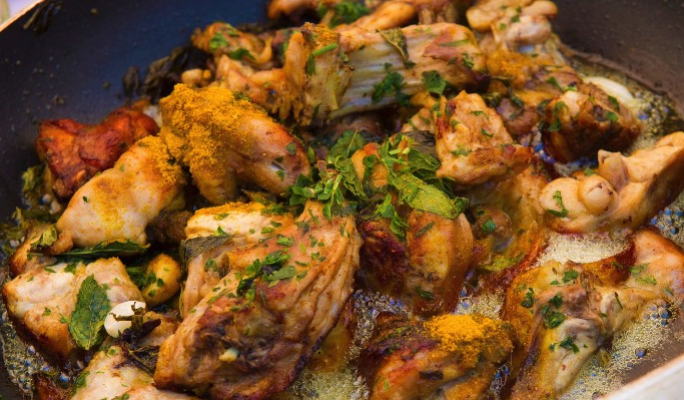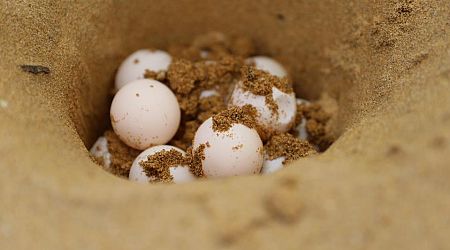Maltese like their rabbit fried in wine and garlic
First ever study on Maltese rabbit culinary preferences confirms that the Maltese prefer buying their rabbit whole with the head on and purchased from local sources

Maltese consumers from rural areas prefer to source their rabbit meat from family and friends that rear rabbits for their own consumption. And the overwhelming majority prefer the whole carcass with the head still attached.
This emerges from a study based on a telephone survey with a sample of 250 respondents randomly chosen from five rural localities in the western part of the island. This is the first study conducted locally to assess the perceptions and behaviour of Maltese consumers with regards to rabbit meat consumption.
The study has just been published on the World Rabbit Science journal and is authored by Francesco Luca Alexander and George Attard from the University of Malta’s Institute of Earth Sciences and Noel Buttigieg from the Faculty of Economics, Management and Accountancy.
Nearly everyone likes rabbit
Less than 8% (19 out of 250) said that they did not consume rabbit meat at all. Only 2% did not consume rabbit because they are vegan or because they associate rabbits with pets. The minority that does not eat rabbit simply does so because they dislike the taste.
For the majority, rabbit meat is a regular part of their diet, with 66% of respondents consuming it at least once a month.
Respondents consistently rated rabbit meat as tastier and healthier compared to other meats. The preferred cut of the rabbit is the thigh, which is preferred for its tenderness and flavour.
Most like it fried in wine and garlic
Traditional cooking methods, such as frying and braising, often with wine and garlic, are the most common ways to prepare rabbit meat. These methods are integral to the preparation of “fenkata,” a traditional Maltese dish that is central to family gatherings and festive occasions.
The preservation and transmission of such recipes through generations underscore the cultural importance of rabbit meat in Malta. But none of the respondents showed a preference for rabbit pie which was the traditional way of preparing rabbit at the time of the Order of Saint John as documented by historian Carmel Cassar.
Most prefer to buy from local sources
Trust in the supply chain emerged as a significant concern among respondents. There is a marked preference for sourcing rabbit meat from family or friends who rear rabbits, rather than from butchers and supermarkets.
A remarkable 95% of those interviewed expressed a preference for home-grown rabbits, indicating a strong distrust of the commercial supply chain.
This preference is rooted in concerns over the quality of commercially available rabbit meat, with respondents believing that home-grown meat is fresher and of higher quality. Only 19% of respondents regularly purchase rabbit meat from local butcher shops and supermarkets, reflecting this widespread mistrust.
Keep their head on
An interesting finding from the study is the preference for rabbit carcasses with the head attached. Many respondents associate the presence of the head with freshness and quality, as it indicates that the carcass and has not been tampered with.
This preference also ties into traditional practices and recipes, where the head is often used in cooking. The head-on carcass is seen as a mark of authenticity and trustworthiness, further emphasising the importance of transparency in the supply chain.
Price does not matter much
Despite rabbit meat being more expensive than other meats, with an average price of around €10 per kilogram at the time of the study, price does not seem to be a major deterrent for most consumers. This willingness to pay a premium for rabbit meat highlights its cultural and gastronomical importance in Maltese society. The high value placed on rabbit meat suggests that its consumption is driven more by cultural and traditional factors than by economic considerations.
Rabbit is healthy
Respondents ranked rabbit meat as the healthiest option compared to other meats such as poultry, beef, pork, and lamb. Despite this perception, rabbit meat ranks third in consumption frequency after chicken and beef. This discrepancy suggests that while rabbit meat is considered healthy, its consumption is often reserved for special occasions and traditional meals, rather than being a staple in the daily diet.
The study concludes that rabbit remains a “go-to” food item especially in times of festivities, celebrations and family gatherings and that home grown sources are still preferred over retailed carcasses.
But it remains to be seen whether the same trends prevail in urban localities which were not covered in the survey.
The authors recommend further research in urban areas to see if the same trends prevail.
Related
Share this page
Guest Posts by Easy Branches

































